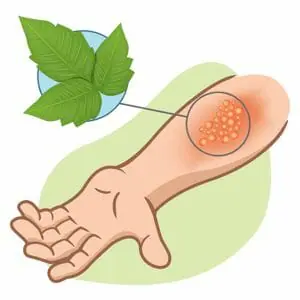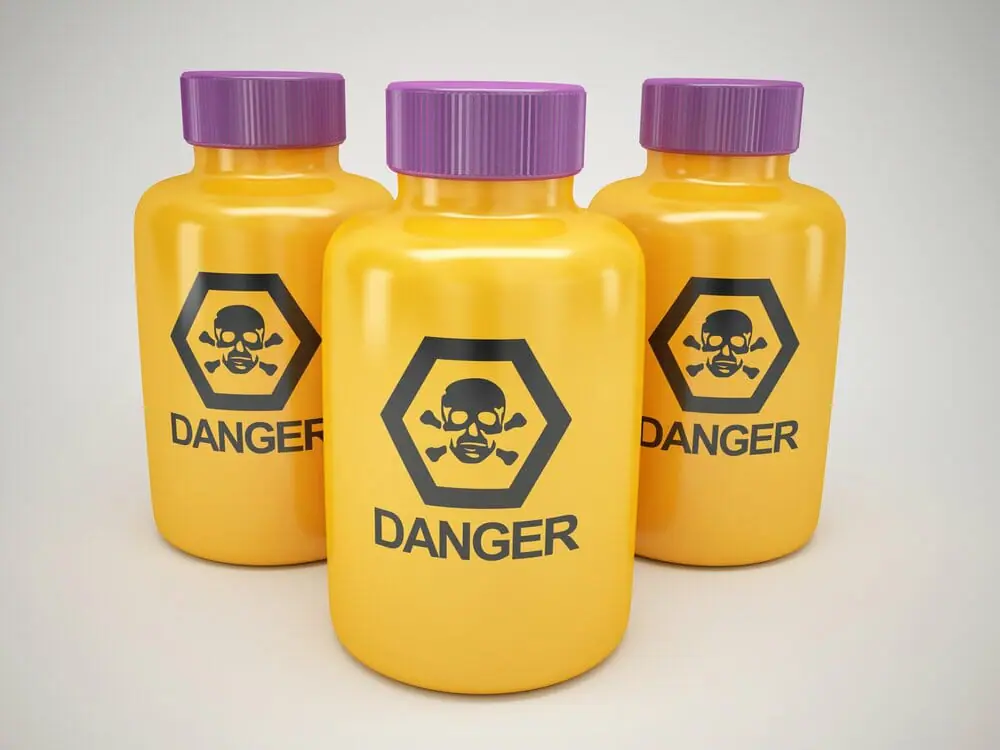Our CPR/AED courses include Adult, Child and Infant techniques. Additionally, our CPR certification course includes training on the use of an Automated External Defibrillator (AED). The CPR/AED certification is valid for 2 years.
A poison is a substance that can cause injury, illness or death if it enters the body accidently or deliberately. Some poisons are harmful if you breathe or swallow them, while others are harmful upon direct contact.
Alcohol
Drugs
Cleaning products
Food (i.e., contaminated water, mishandled food)
Pesticides
Plants (i.e., poison ivy)
Poisonous liquids
Poisonous gases
Burning around the lips and tongue
Burning or tearing of eyes
Change of consciousness
Chest or abdominal pain
Diarrhea
Hallucinations
Irregular pupil size
Nausea and vomiting
Skin color change
Seizures, headache, dizziness, weakness
Troubled breathing

These poisons enter the body by swallowing and can include: food, drugs, alcohol, household and cleaning products, pesticides, plants and more. Some substances may not be poisonous if taken in a small quantity.

A person can also be poisoned by breathing in poison, like certain fumes and gases. Examples include: carbon monoxide (car exhaust), carbon dioxide (from sewers, wells), chlorine (found in swimming pools), glues and paints.
These poisons are absorbed through the skin, and include: plants (poison ivy, poison oak and poison sumac), fertilizers, pesticides and more.
An injected poison enters the body through bites or stings of insects, spiders, ticks, snakes and / or through medical hypodermic needles.

American CPR Care Association provides training in online CPR certification, AED training and Standard First Aid for lay-responders and Healthcare Providers.
American CPR Care Association is rated 4.7 out of 5 based on 48,237 ratings.
All content Copyright 2024 © – American CPR Care Association. All rights reserved.